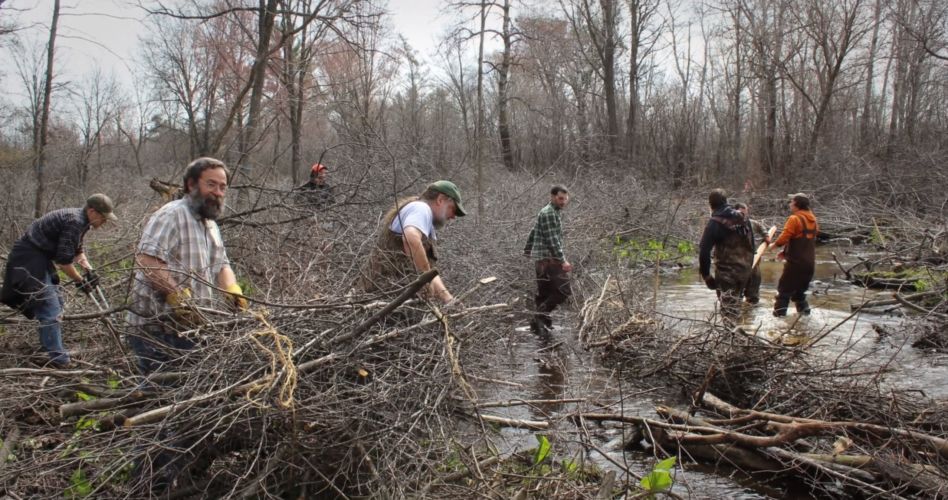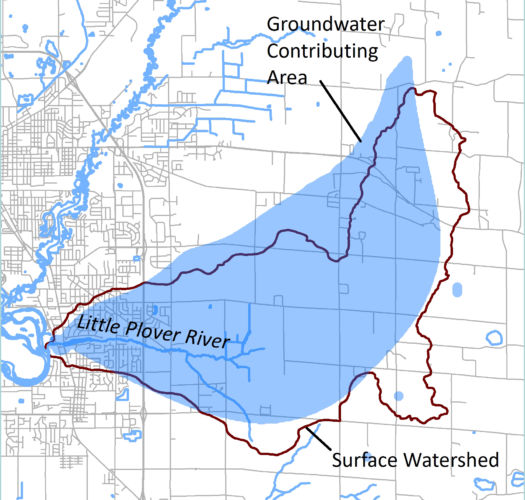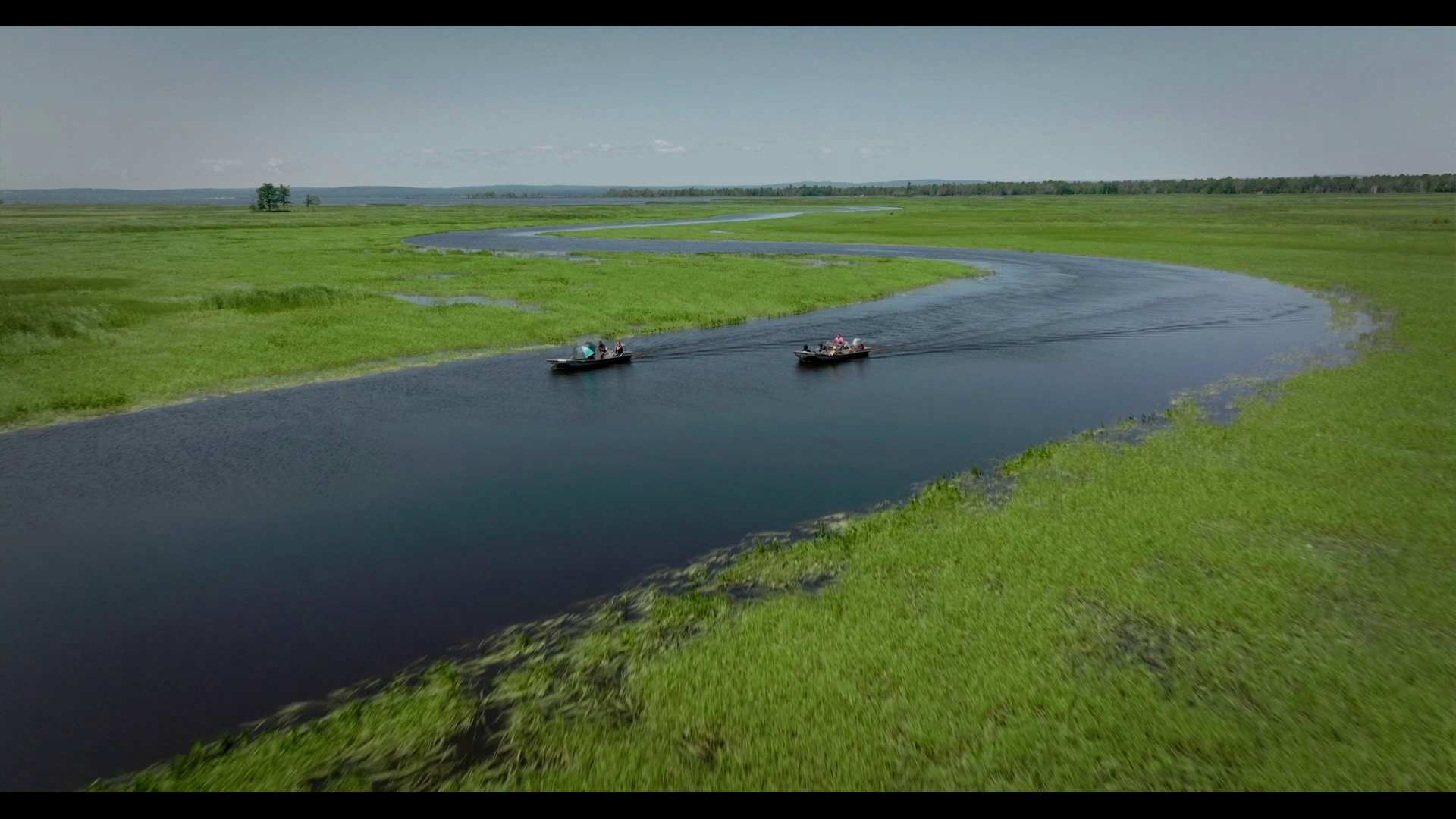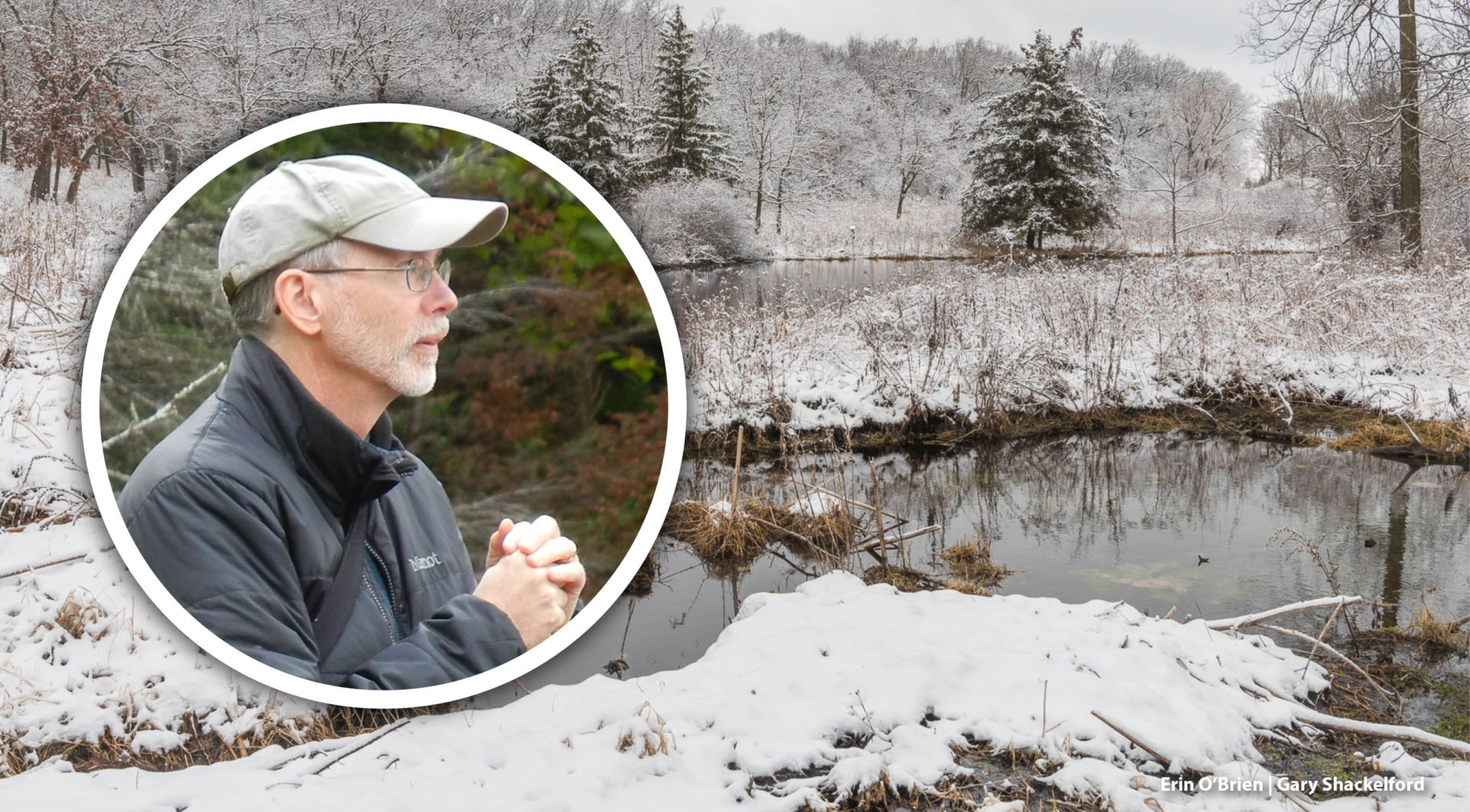The Little Plover River Watershed Enhancement Project (LPRWEP) is a multiparty collaboration convened by the Village of Plover to improve the health of the Little Plover River and the quality of life of the surrounding community. The LPRWEP aims to use the best available data and voluntary conservation actions to achieve the following goals:
- Increase the flow and improve the aquatic health of the Little Plover River.
- Improve surface and groundwater connections and water retention across the Little Plover River Watershed.
- Alleviate storm water-driven flooding.
- Improve and expand fish and wildlife habitat and public recreation opportunities and access.
The LPRWEP is organized around these three principles:
- Restoring the health of the river requires an array of on-the-ground practices and voluntary landowner participation.
- A balanced approach will maintain opportunities for urban development and meet the needs of municipal, agricultural, industrial, and private water users.
- Monitoring is essential to improve our understanding of local hydrology and the effectiveness of installed practices.
Project area and approach
Improving the health of the Little Plover River requires shifts in how we use and manage both surface and groundwater as well as the re-establishment of healthy interactions between the two. To ensure project activities address resource concerns across the entire hydrologic system, the Project Area includes the Village of Plover, the entire Little Plover River Watershed, and the river’s groundwater contributing area as identified in recent studies. The extended project area opens the door to a broader range of partners and practices.
Project team
The Village of Plover developed the LPRWEP plan in collaboration with the Wisconsin Potato and Vegetable Growers Association, Wisconsin Wetlands Association, and the Wisconsin Wildlife Federation. Emmons & Olivier Resources is supporting the project with hydrologic and ecologic fieldwork and analysis. These groups, along with staff from the Portage County Land Conservation Department and Wisconsin Department of Natural Resources, represent the core team of project advisors. Each group was strategically selected to address one or more critical project need.
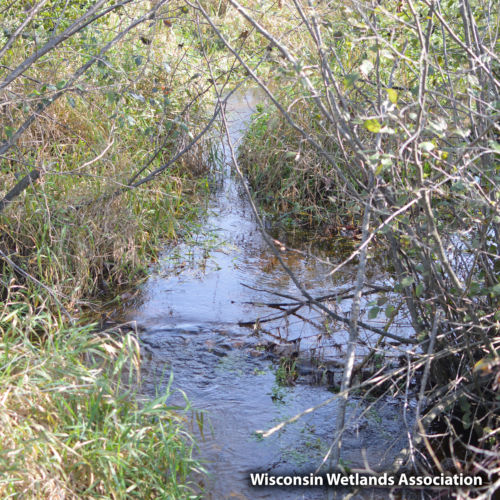
The project aims to maintain and improve the flow of the Little Plover River.
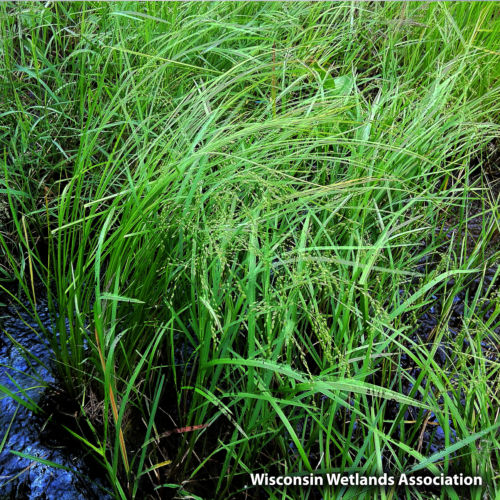
Restoration of wetlands like these help improve the health and quality of the Little Plover River.
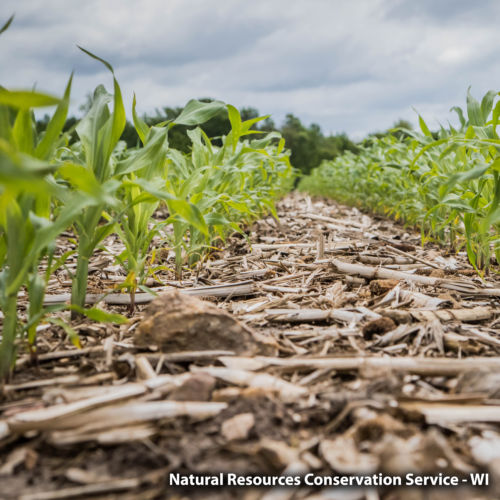
No-till farming can increase water infiltration and improve soil health.
Planned and proposed activities
The project will use a combination of protection, restoration, and management activities. Potential activities include:
- Water conservation and management such as well removal, reduced pumping, repair of leaky
infrastructure, improved infiltration, and other activities to reduce water usage. - Large-scale projects such as wetland restoration, drainage management, and other practices designed to enhance groundwater recharge and improve connectivity between the river, wetlands, and groundwater.
- On-farm conservation practices such as cover crops, buffers, precision nutrient application, and other practices to retain soil, reduce runoff, increase infiltration, and improve water quality.
Project timeline
Project implementation began in July 2017 with the identification of several potential demonstration sites. Site design and fundraising for the restoration of these parcels began, as did an analysis evaluating the benefits of additional potential water conservation and restoration opportunities. Implementation of on-farm conservation practices began in summer 2018. Outreach to promote voluntary participation by landowners, monitoring to evaluate conservation outcomes, and communications to export lessons learned will be ongoing throughout the project.
How will activities be selected?
The Project Team will rely on a combination of modeling, site visits, and best professional judgment to identify and prioritize the best opportunities to meet project goals. Landowner interest and the availability of cost share and technical support will also influence the types and locations of projects implemented.
How can you help?
Community and stakeholder engagement is critical to the success of this project. Members of the Project Team are meeting with community leaders, landowners, technical experts, and other stakeholders to talk about project goals, answer questions, and discuss opportunities for you or your group’s involvement.
Your participation is welcome! Direct inquiries, ideas, and requests for meetings about the LPRWEP to the Village of Plover Natural Resources/Recreation Planner, Dominique Swangstu, at DSwangstu@ploverwi.gov.
Header photo by Jennifer Summers, Wisconsin Center for Wildlife, UW-Stevens Point.
Related Content
From the Director: Working toward a big vision, one project at a time
Looking to the next 50 years of wetland protections

